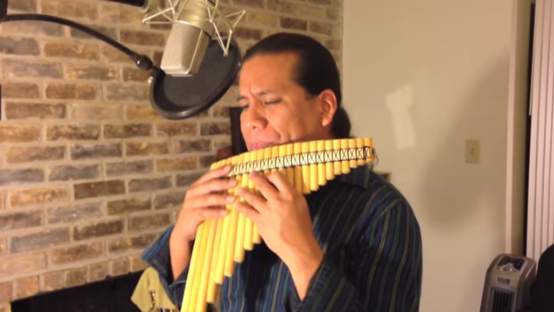



The period between the two world wars was a heyday for pan flute players.
PAN FLUTE MUSIC PROFESSIONAL
In 1843 in Bucharest alone, as many as 13 professional pan flute players were registered at the musicians association. In the 19th and 20th centuries the modern Romanian Panflute or Nai (see note), is seen more and more in Europe, and we find an increasing amount of documentation on the instrument. One such booklet is "The text-book of King Neagoe Basarab for his son Teodosie", dating from the early 16th century. In his poem "Tristia" the Latin poet, Ovidius, describes the pan flute he has seen in the hands of the shepherds of Tomis (an old Roman colony near the Black Sea).Įvidence of the pan flute's use in Romania can also be found in a few booklets. Other evidence can be found in the art works, literature and poetry of the time. In France, in the old Roman colony of Alisia, a similar instrument with 7 pipes were found tuned in the notes of a standard major scale (Do Re Me). A recent find was made at Coppergate in York, site of the world-famous Viking Age discoveries made in the 1970s. Viking panpipes have been found in excavations dating from the 10th century. In most places, the pan flute came into existence at about the same stage of cultural development, which means at different times and in different geographical zones.Īrchaeological proof of the existence of pan flutes can be found throughout Europe. It can be said with certainty that the pan flute originated in several places which could not have been connected at all. The theory of the pan flute's birth on a particular place on earth is just as untrue as the thesis of one cradle for all cultures. Also variations in form, straight (raft-shaped), slightly bent, or bundled. The first step in the pan flute's development therefore was joining one pipe to another. Man in his development started to distinguish between different pitches and to make instruments which could produce tones. The One Pipe Panflute probably came first. After primitive man had produced sound by hitting things, he probably accidentally discovered sound production by blowing a pipe, stems of plants (reed or bamboo) or animal bones. It was probably preceded only by percussion instruments. I think the pan flute (also known as the Panpipe) is so old because it is so simple.


 0 kommentar(er)
0 kommentar(er)
